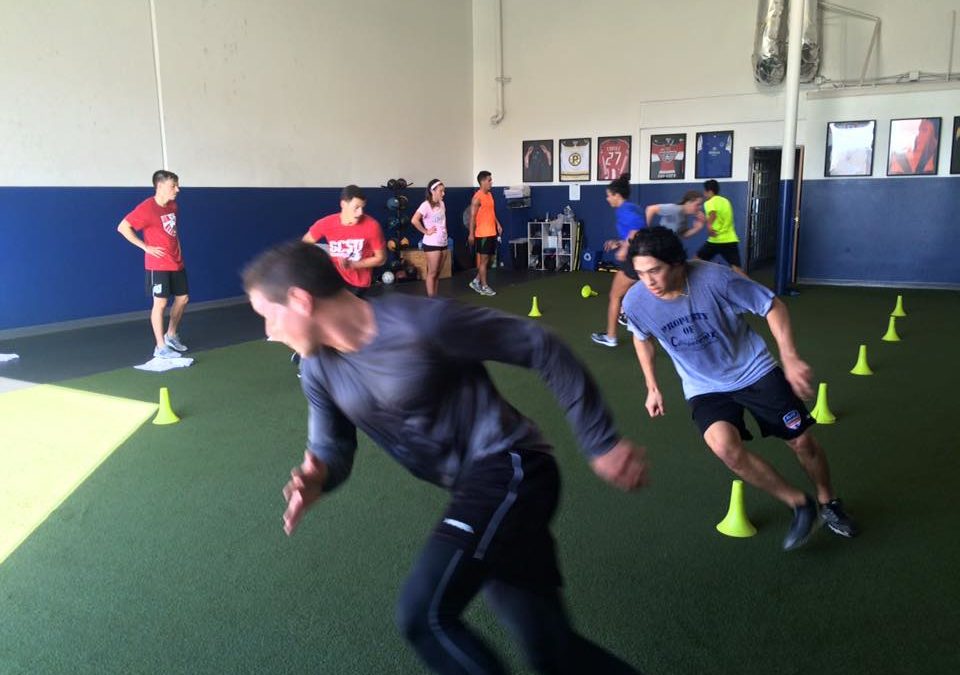I’m not sure you could pay me enough to be a hockey league director anymore. Early in my career, I ran both adult and youth hockey leagues in a small town. Everybody knew each other and it was more of a social gathering than a competition. It was a blast. Now, fast forward about twenty years and the landscape has changed. In speaking with a hockey director at a local rink, he explained to me how he is amazed by the athletes’ quest to win in each of the leagues regardless of their skill level. This can be seen more in the beginner adult leagues than in any other. But how do you gain an edge over the other hockey players? A comprehensive training program is a great place to start.
Most clients say “I never had to stretch as a kid….” Sure, I said that too, but guess what? You’re not a kid anymore. Proper joint mobility and muscle flexibility go a long way to achieving the body positions needed for adequate skating mechanics. The skating coaches that I work with send me their athletes to increase the skaters’ hip mobility so they can get down into good positions for edgework drills. Start stretching daily, focusing on the legs and hips. Use modalities such as foam rollers, lacrosse balls, and percussion guns on tight spots and trigger points. Contact an athletic trainer for specific exercises suited to you and your specific needs. This will also aid in injury prevention when it comes to game time.
The standard adult hockey schedule consists of one game a week. This allows ample time to do some strength training and conditioning with plenty of time to recover for game day. In the perfect situation, three workouts a week with 24 hours of rest before the game would be ideal. It’s understandable that the schedule of life outside of hockey can get in the way. The benefits of training twice a week can still improve on-ice performance. The most important thing is to be consistent and patient. It can take six weeks to really see a marked improvement in strength gains. Again, look to a professional athletic trainer or strength coach with hockey experience to instruct you through a proper program. Learn to squat, lunge, push, pull, and build core stability (that alone is another series of articles) properly before lifting too much too soon and causing injury. Workouts can be divided into upper-body and lower-body days with an element of core strength integrated into each. Lower body workouts are done earlier in the week (if games are on the weekend) and I suggest not doing lower body workouts 48 hours before a game. The day in between the strength training days can be used for cardiovascular conditioning and joint mobility, as mentioned earlier in the article.
Hockey is a great sport and should be fun for all. Sure, it’s great to win a few games, too. But you can’t do that if you are injured and watching from the stands. It’s also a challenging sport to improve at and it takes work. But, as athletes, we thrive on challenges and competitions. Find a fitness professional with adequate experience and invest in yourself and your game. “Hard work beats talent when talent does not work hard.” Be the player on the ice that strives to have both.
Mike Hannegan is an Athletic Trainer and Strength Coach with ten years of experience in the NHL with the Anaheim Ducks and St. Louis Blues. He is currently the Director of the Compete Sports Performance and Rehabilitation facility inside The Rinks Yorba Linda Ice located in beautiful Orange County, CA. He can be reached at mike@competeperformance.com.

